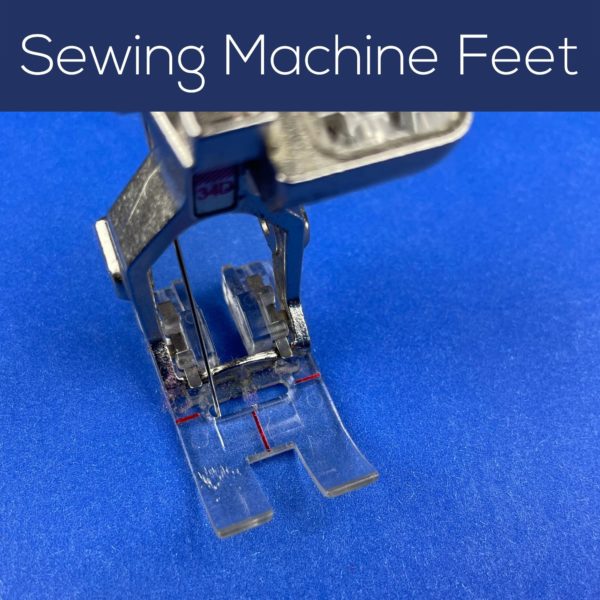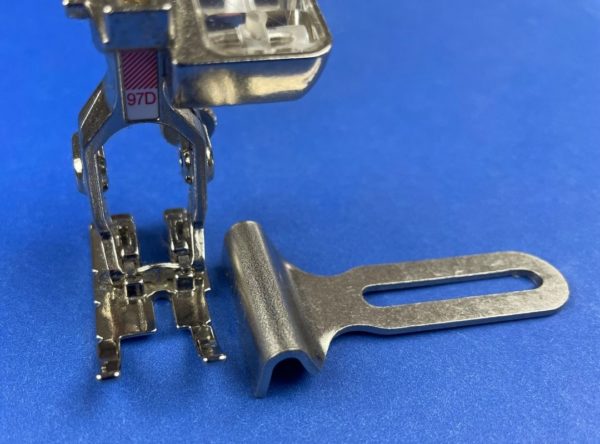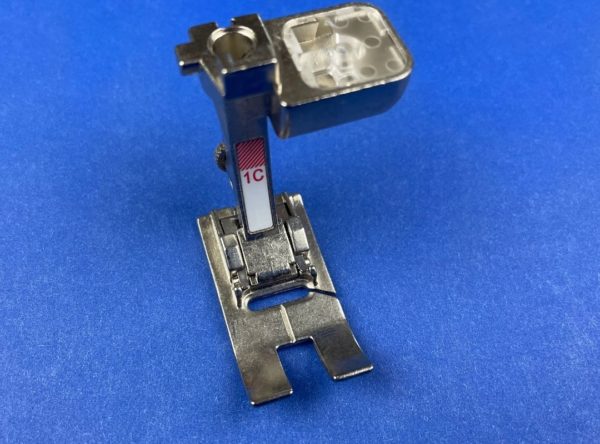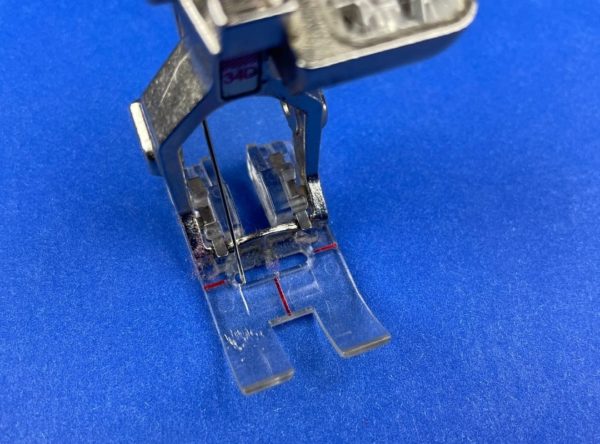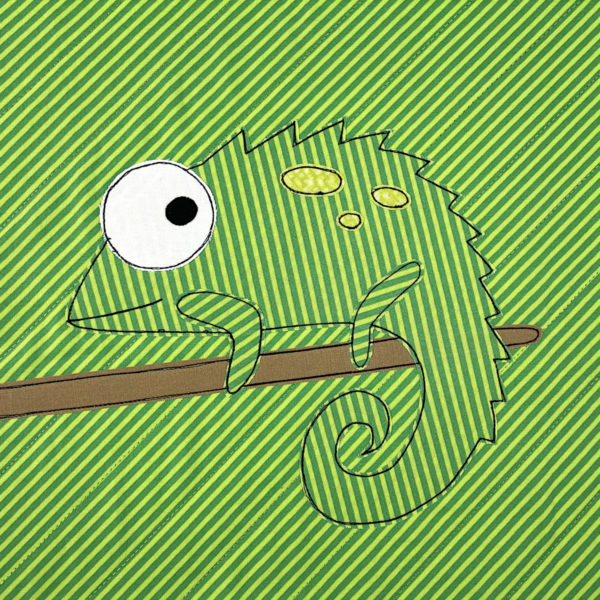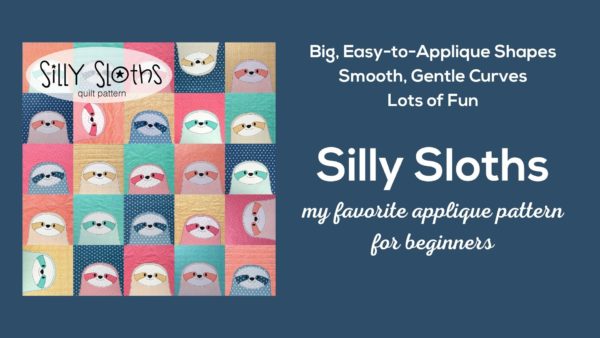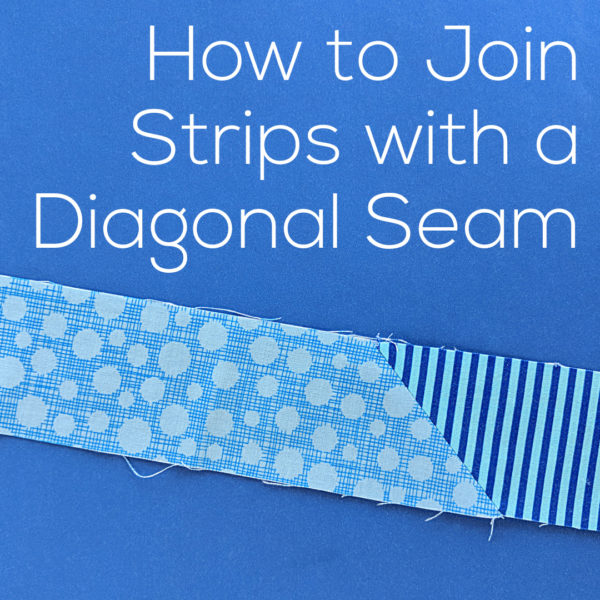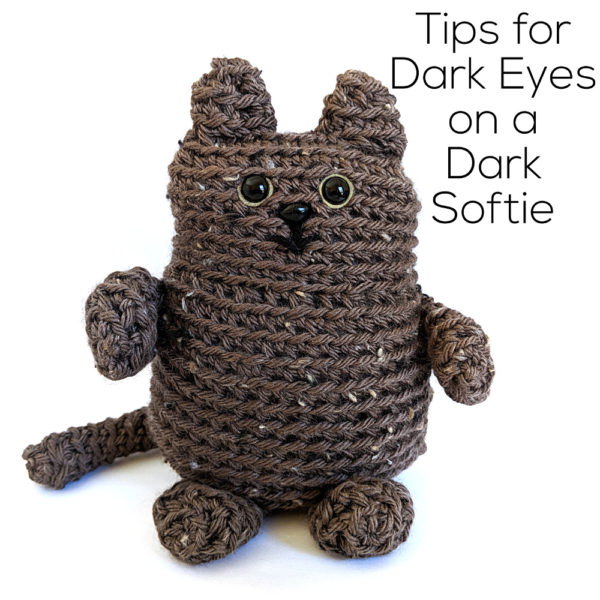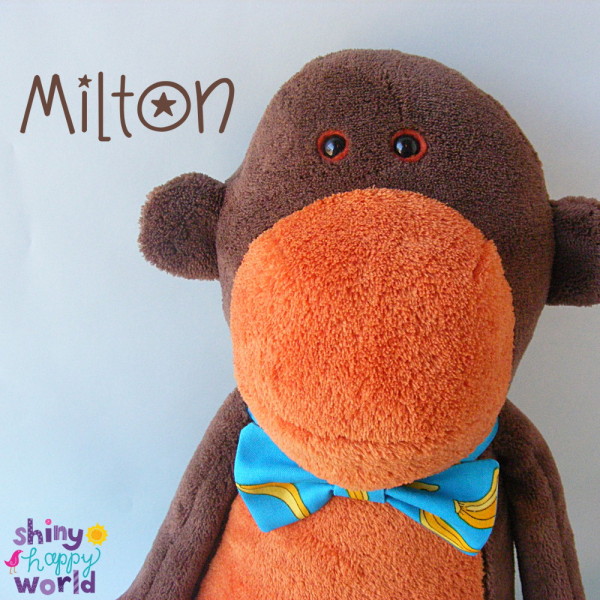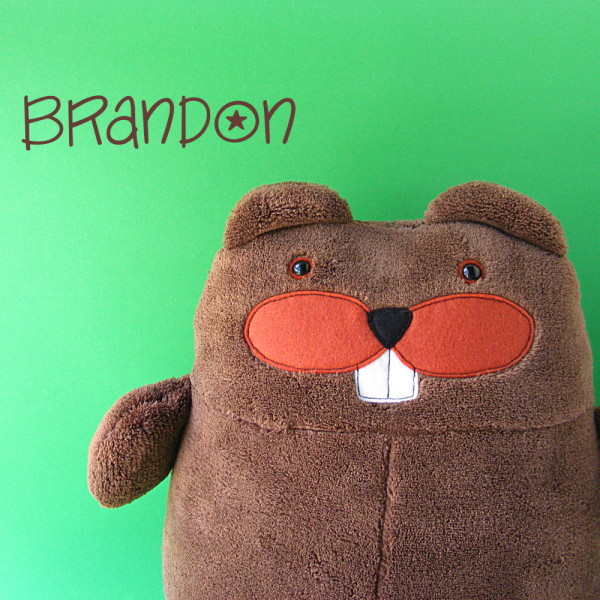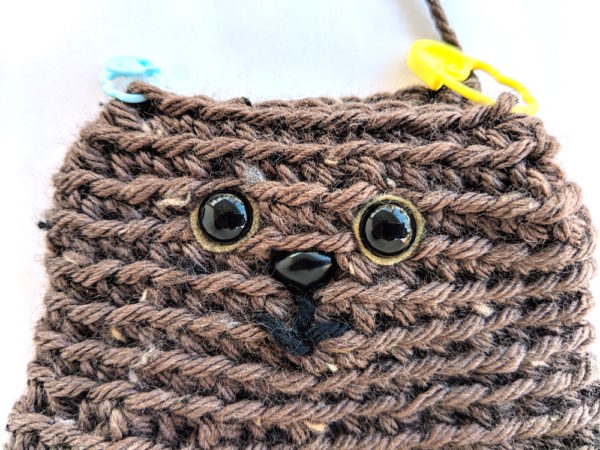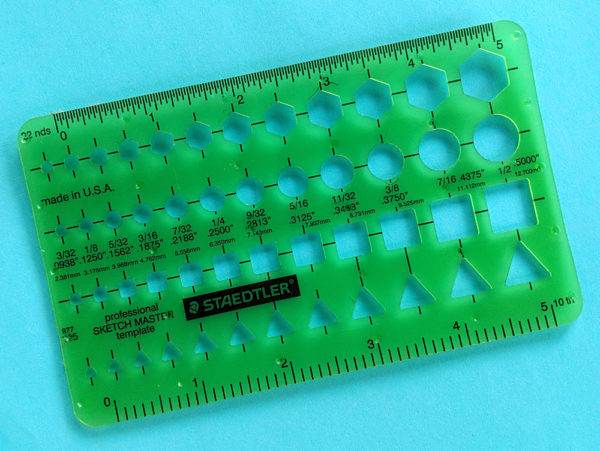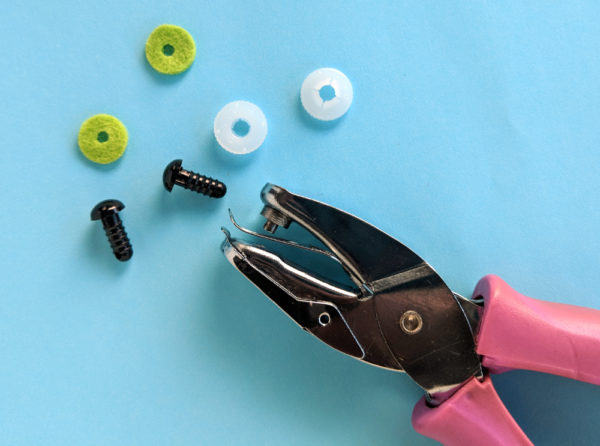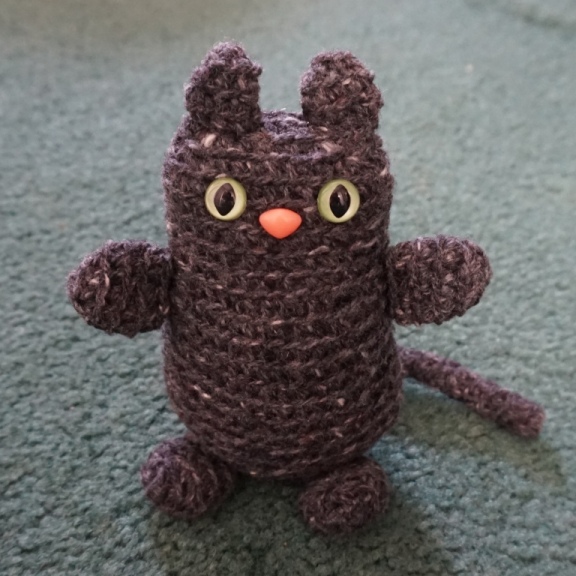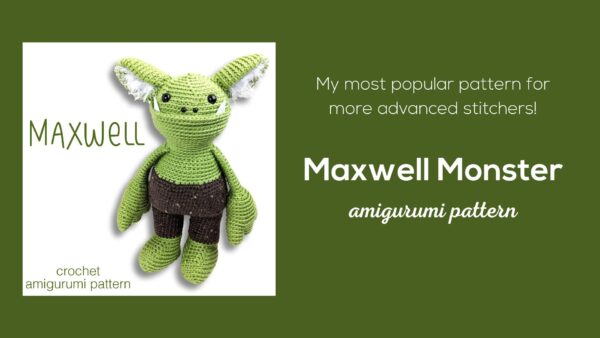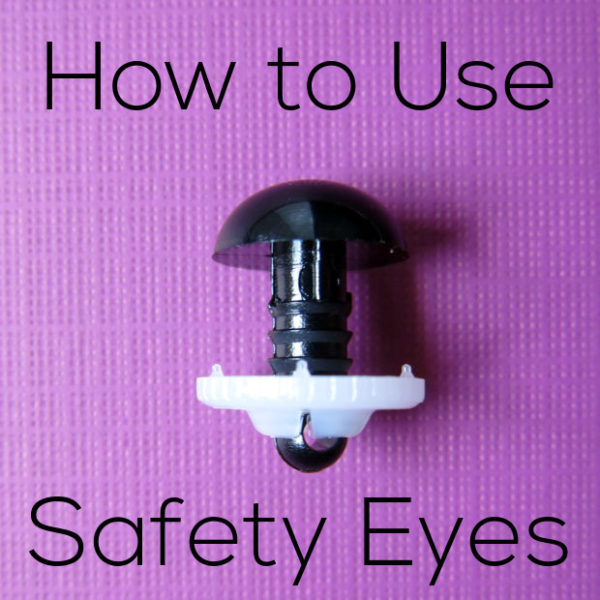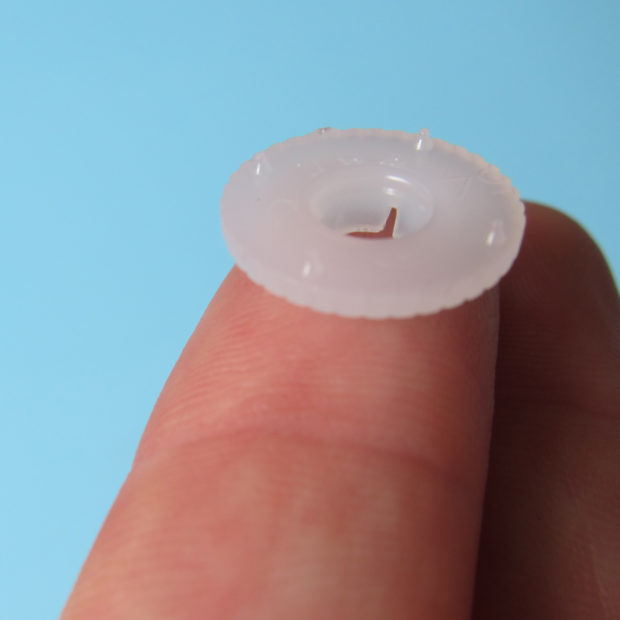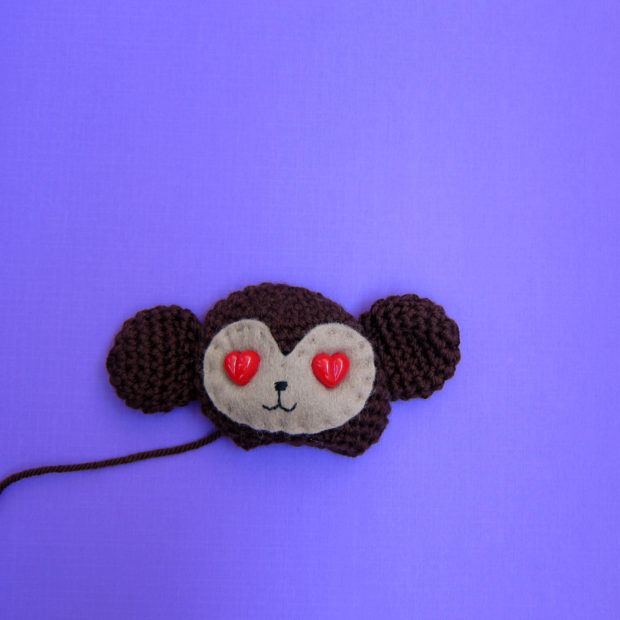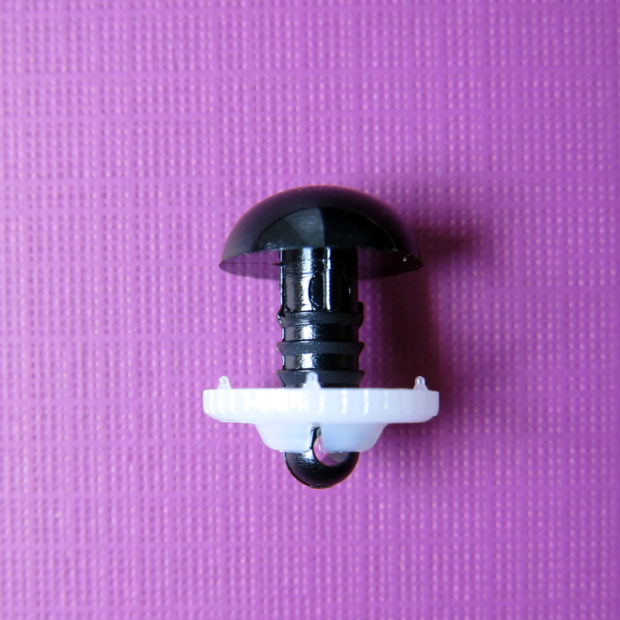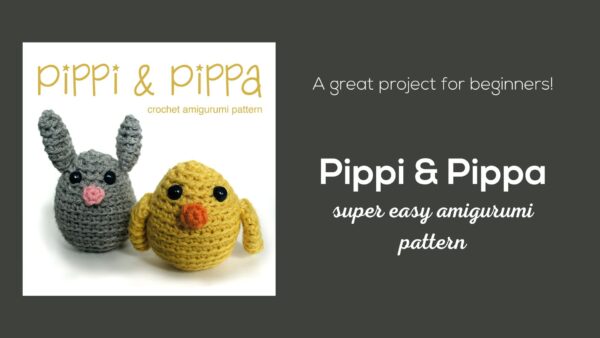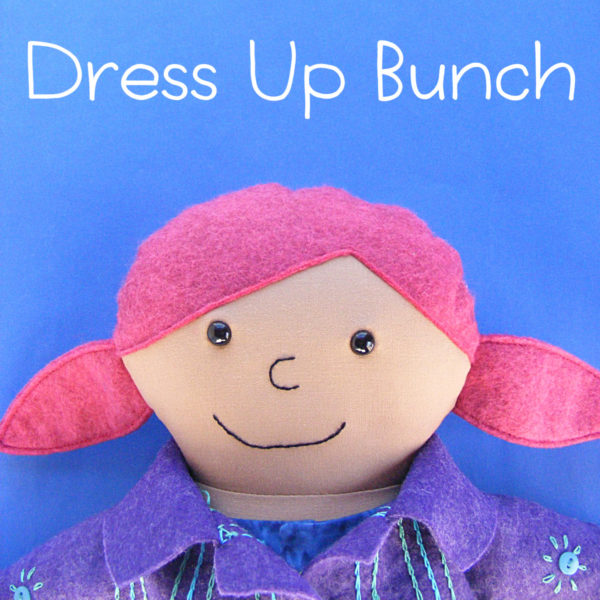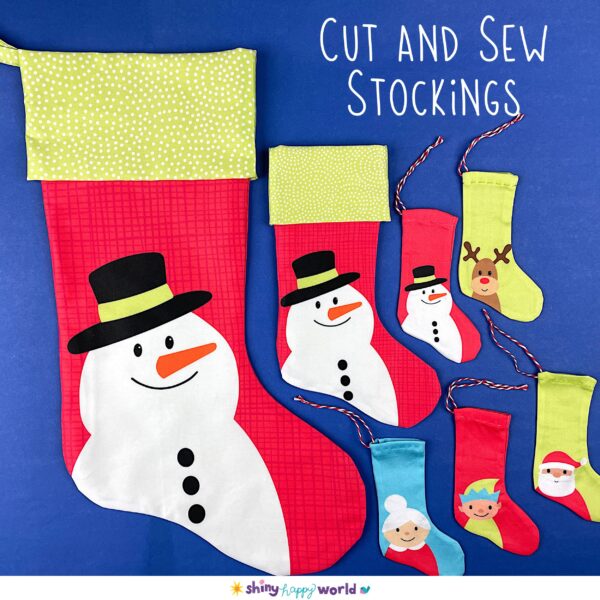
Make adorable Christmas stockings using a yard of cut & sew fabric. These stockings are SUPER easy to make, and there are instructions printed right on the fabric. But if you’ve never sewn a stitch before and you want a little extra help you can find additional instructions (with videos) here.
Buy your fabric here. You need to get a full yard printed on any of Spoonflower’s fabric bases that are at least 56 inches wide. I used Organic Cotton Sateen because I love how the colors print on that fabric.
One yard gives you all the pieces you need for the following:
- one large stocking (19 inches tall) fully lined with a contrasting cuff and hanging loop
- one small stocking (10 inches tall) fully lined with a contrasting cuff
- five small (5 1/2 inches tall) stockings perfect for filling with candy and hanging on the tree
Here’s a video showing ALL the steps.
If you’d rather have written instructions, here are all the steps – with links to a few additional videos you might find helpful.
- Cut out stocking front and back, and the rectangle for the hanging loop. Do NOT cut the line between the main stocking (red) and the lining (light green).
- To make the hanging loop, fold and press the rectangle in half the long way. Open, and fold each edge in to the center fold. Press. (There’s a video showing how to do this here.) Stitch down the long edge.
- Pin stockings right sides together, sandwiching the hanging loop between the layers where indicated.
- Sew around the edges using 1/4 inch seam allowance. Leave open for turning where indicated.
- Clip seam allowance in concave curves. (There’s a video with more info about that here.) Turn right side out and press.
- Sew up the turning opening. You can use whipstitch, ladder stitch, or your sewing machine.
- Tuck the lining down into the stocking, smoothing as you go.
- Turn down the cuff.
- Hang it by the chimney with care and fill it with treats!
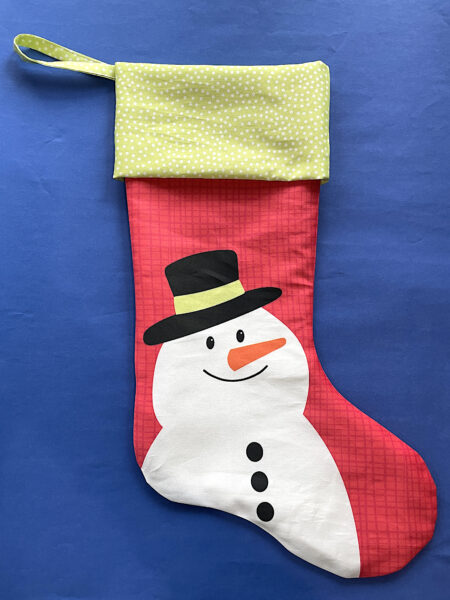
Easy peasy!
Want more super easy projects?





